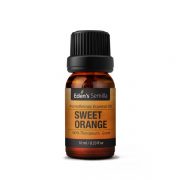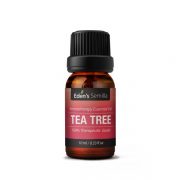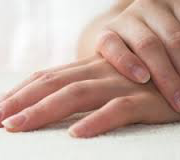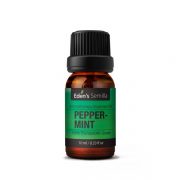The Sweet Smell of Sweet Orange – Essential Oil
Sweet orange is exactly as it sounds – the cold compress of an orange peel. It’s the decompressed oil left after a distillation process. It’s invigorating smell can help radiate positivity, uplift spirits and create a sweet-smelling atmosphere.
Uses:
Use as an antibacterial: sweet orange should not be directly applied to the skin as it may cause the skin to break. However, sweet orange can be used as an antibacterial sanitizer for cuts and wounds. Apply to the skin only if used with a carrier oil or warm water.
Circulation and gas control: this oil has medicinal properties that assist in removing excess gas from the endocrine system. You may combine with warm tea or use as a palm inhalation to increase circulation and smelled through the nose.
Protect your mouth: many essential oils help protect against nasty sores or bad breath. Sweet orange has an antiseptic property that helps protect the mouth from unwanted sores. When you feel a mouth sore coming on, mix a cup of lukewarm water with 2-3 drops of lemon and sweet orange essential oil. Swish and spit. Repeat as necessary.
Use as a home cleaner: sweet orange can be used to clean many household appliances and surfaces. It’s especially useful in deodorizing the dishwasher. Combine one cup of lemon juice with 15-20 drops of sweet orange and place in the dishwasher before using. For yucky smells coming from the garbage disposal, use an orange lemon peel with 5-10 drops of sweet orange oil and grind in the disposal. Sweet orange can also be added to homemade house cleaners. It adds that scent of sweetness to eliminate the smell of chemicals.
Benefits:
Anti-inflammatory: sweet orange fits in with this time of year. If boiled with warm water, apples and cinnamon, it can be sipped like a cider or smelled for relaxation.
Sedative: it’s not going to put you out for 12 hours, but it can help you relax after a long day. Using an essential oil to replace other sedatives on the market help ease the chances of heart and liver damage. Sweet orange can be used as a sedative simply by smelling out of a perfume roller a few times a day or in an oil diffuser is a great way to relax.
Diuretic: sweet orange can be used to help wean the body off of toxins if applied in moderation. Use in a warm bath to help release toxins and improve blood flow. Add with a cup of epsom salt to a warm bath before bedtime. Not only will it feel good but you’ll smell great afterwards.
Repel insects: despite its sweet flavor, smell and taste, sweet orange can be used to repel insects – perfect for the upcoming spring season. When flowers begin to bloom, combine 4 drops of sweet orange oil with 5 drops of lavender oil and 4 drops of clove essential oil into a spray bottle. Spray the affected plants or use on the porch when the bugs are on high alert.





